Affiliate links on Android Authority may earn us a commission. Learn more.
2015 in review: 10 defining moments in the world of Android
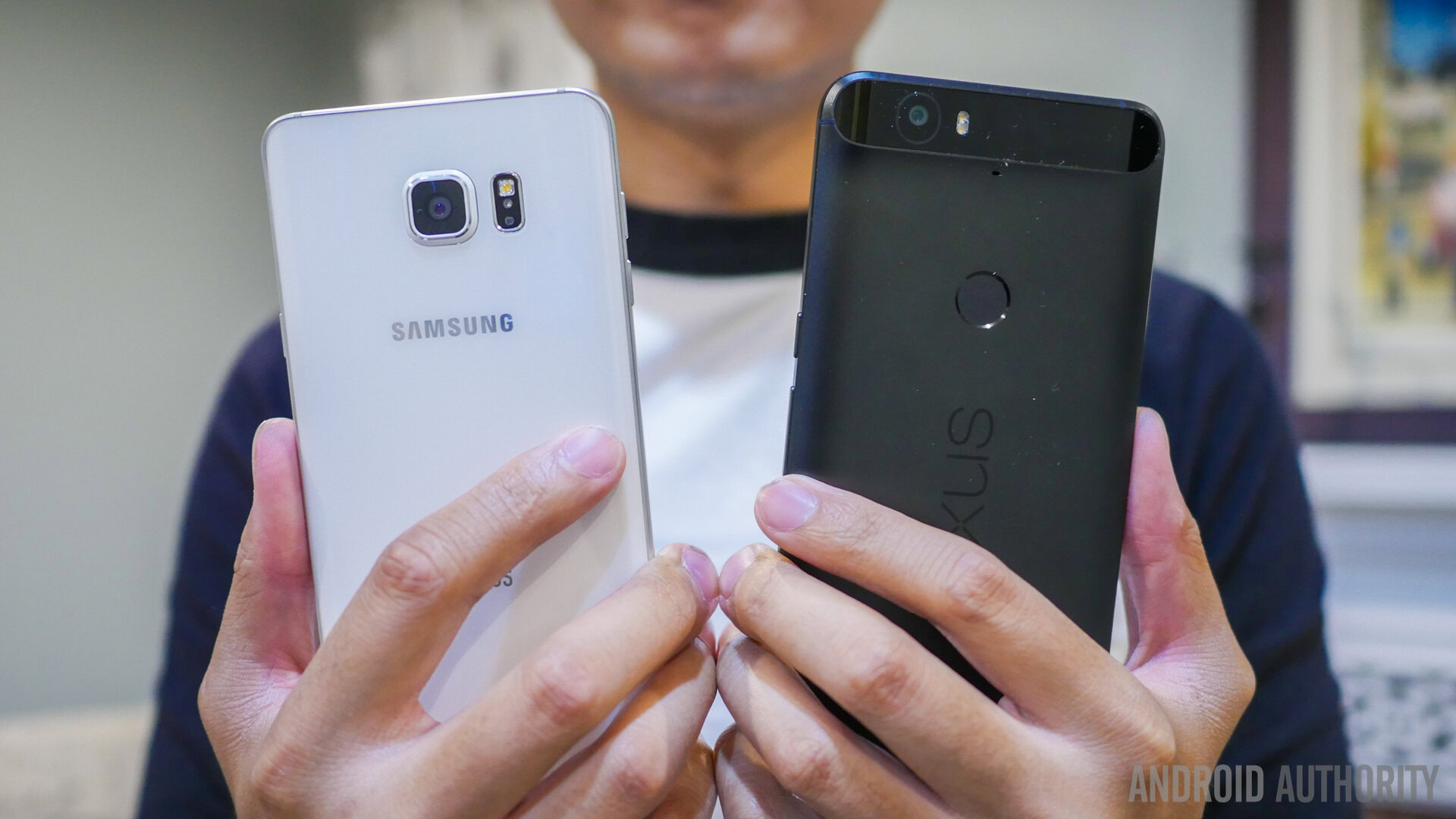
Looking back at 2015, we’ve had a hell of a year. Not only have we seen quite a few impressive phones introduced over the last twelve months, but there has also been a number of big surprises, changes, and innovations in the world of Android this year, some of which could set the tone for 2016 and beyond.
With that in mind, we are taking a look at just 10 “defining moments” of 2015 that not only shook up the Android world this year but could have lasting effects going forward.
1) Samsung’s plastic days are over
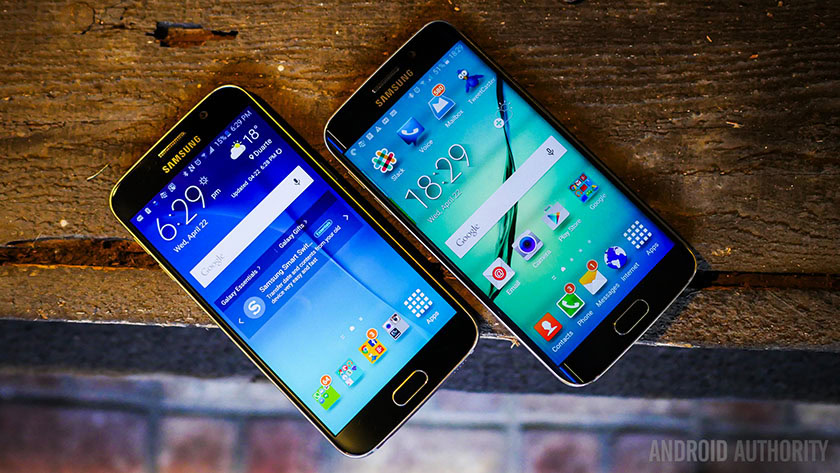
For years, Samsung was criticized for its overuse of what many called cheap plastic. Despite a few attempts to change up the design in minor ways, it wasn’t until this year that Samsung finally gave users a massive update to its design language with the unibody glass and metal Galaxy S6. Since then, we’ve seen the same design makes its way over to the Note 5 and the Galaxy S6 Plus.
The new design language isn’t without its own set of controversies, however. The unibody glass and metal design didn’t just throw away the use of plastic, it also scrapped long-time Samsung staples such as microSD support, removable batteries, and removable back covers.
Samsung has actually upped the sex appeal, but at the risk of alienating some of its long-time fans
Over the years, Samsung has become a favorite not only among casual smartphone users looking for an Apple alternative, but also as a power user’s dream due to the ability to expand the memory for storing movies, pictures, extra apps, and more. The idea of swapping out a battery to keep going for days without the need for charge was also a welcome advantage for these type of power users. With the new design language, Samsung has actually upped the sex appeal and made their phones a much more compelling choice for everyday consumers, but at the risk of alienating its long-time fans that were drawn in by power user friendly features.
The good news is that almost everyone has come to terms with Samsung’s big change and early rumors for the Galaxy S7 suggest they’ll continue down a similar direction, though there is the possibility microSD could make a return.
Looking forward: Galaxy S7 rumor roundup
2) Nexus program debuts two phones, one from China
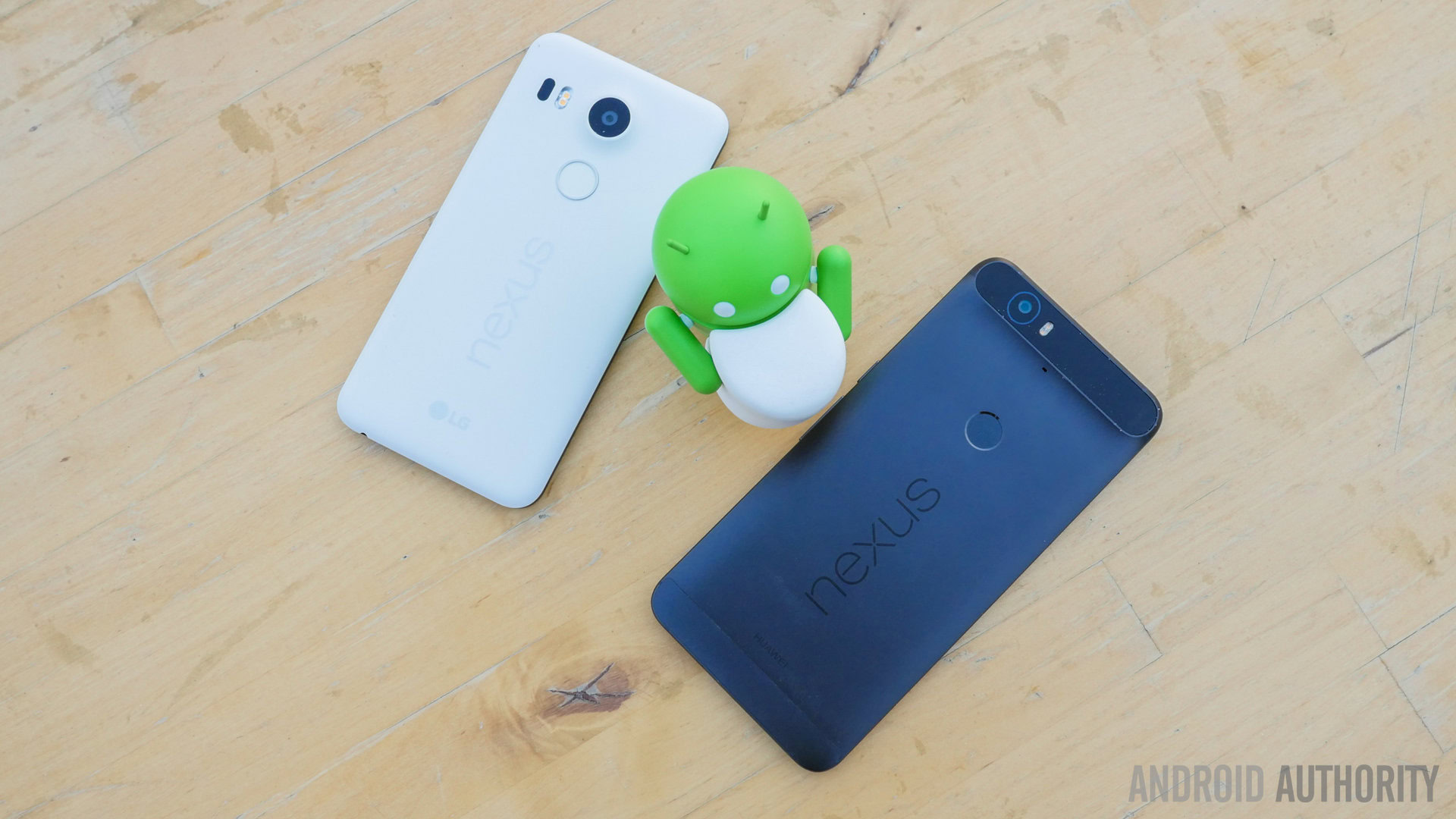
Back in 2014 there were whispers that Google had enough of the Nexus program and was axing it in favor of a more commercialized Android Silver initiative that would feature more aggressive marketing, better carrier participation, and would also make it easier for more OEMs to get involved. With Android Silver, there would be tons of stock-like Android phones available that all fell under a basic set of guidelines. The rumors were met with mixed reception, with Nexus fans particularly voicing out disgust over the possibility of the Nexus program ending. As we all know, it never happened, and instead we were given the Nexus 6.
While the Nexus program continued, it was very different from what we had seen the two years prior. Gone was the idea of a budget-friendly Nexus that sacrificed certain features to keep pricing down in order to give developers and stock enthusiasts a wallet friendly smartphone that was open to ROMs, rooting, and other tinkering. Instead, the Nexus 6 offered specs, and even build quality, that was relatively comparable to its flagship competition, with a more expensive price tag to match.
[related_videos align=”center” type=”custom” videos=”662020,659676,651620,650937″]
The Nexus 6 introduced the idea of a premium Nexus and forever changed the Nexus program, but 2015 has seen just as big, if not bigger, of an evolution for the program. First of all, the Nexus tablet line seemingly has ended — though it’s certainly possible it could be revived in 2016. Second, 2015 is the first year we were given two Nexus phones. This time around, we are given the option of either a more affordable, smaller, near-midrange device with the Nexus 5x, or a high-end (yet still relatively affordable) flagship with the Nexus 6p.
The third big change to the Nexus program, which probably best echoes the evolution we’re seeing in mobile, is the introduction of HUAWEI to the Nexus team. HUAWEI is not only a new player, it has the distinction of being the first Chinese company to work with Google in such a capacity.
3) HUAWEI and other Chinese players start pushing hard at the western markets
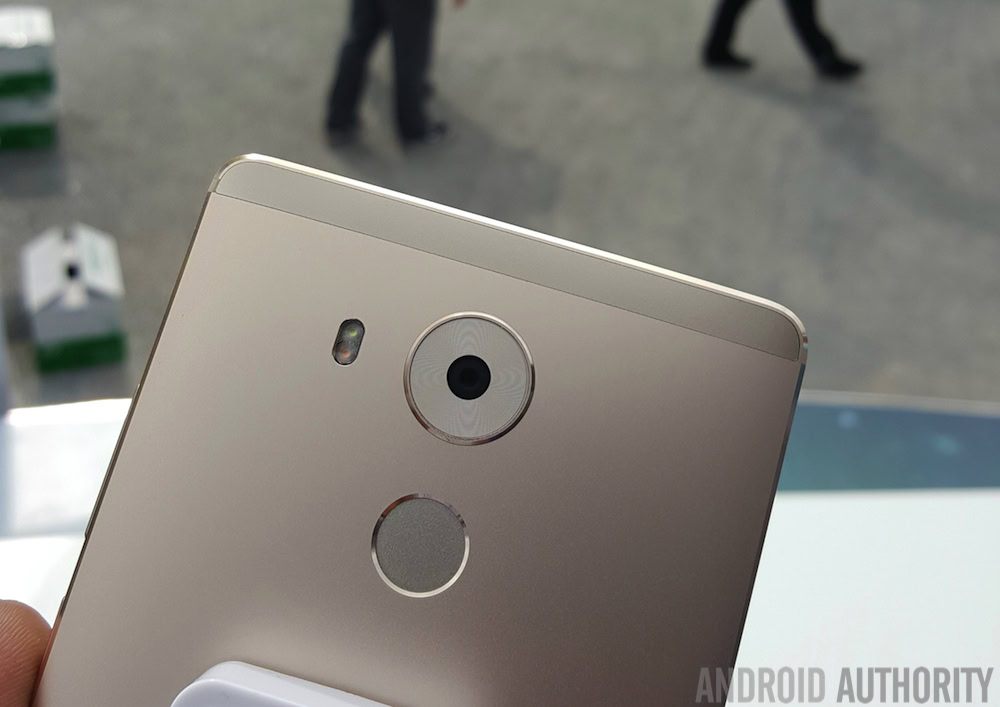
Google embracing HUAWEI into the Nexus fold shows just how important China and Chinese companies are becoming to the mobile space. China represents a huge expansion opportunity not only for companies like Google, but also handset makers such as Samsung, LG, Apple, and others. But beyond this, Chinese OEMs are also stepping up their game, producing devices that rival phones from major competitors outside of China, and yet often have price tags that are considerably more competitive. And these companies are eager to make their way to new markets as well.
In 2015, we have seen HUAWEI make important steps towards western expansion
In 2015, we have seen HUAWEI make important steps towards western expansion, introducing devices like the HUAWEI P8 Lite and the HUAWEI SnapTo for the US market, as well as working with Google to bring the HUAWEI Nexus 6p to the global market. The Nexus 6p was particularly important for HUAWEI because it helped legitimize the brand in the west. All these changes show that HUAWEI is hungry for the western market, and it’s already all but confirmed that their next steps involve bringing the HONOR brand to the states and introducing flagships like the Mate 8 to the US as well.
It’s not just HUAWEI though. 2015 saw Xiaomi make baby steps toward the US by introducing an accessory store. Sure, it’s not as ambitious as actually releasing its phones to the US, but it sets the company up for such a move in 2016 (and/or beyond.) Other notable players that have been working hard to gain more credibility in the western market include OnePlus, OPPO, and ZTE. There are also many companies laying the groundwork for an entry in 2016, including LeTV, which is set to make an appearance at CES next week.
4) Blackberry enters the Android game
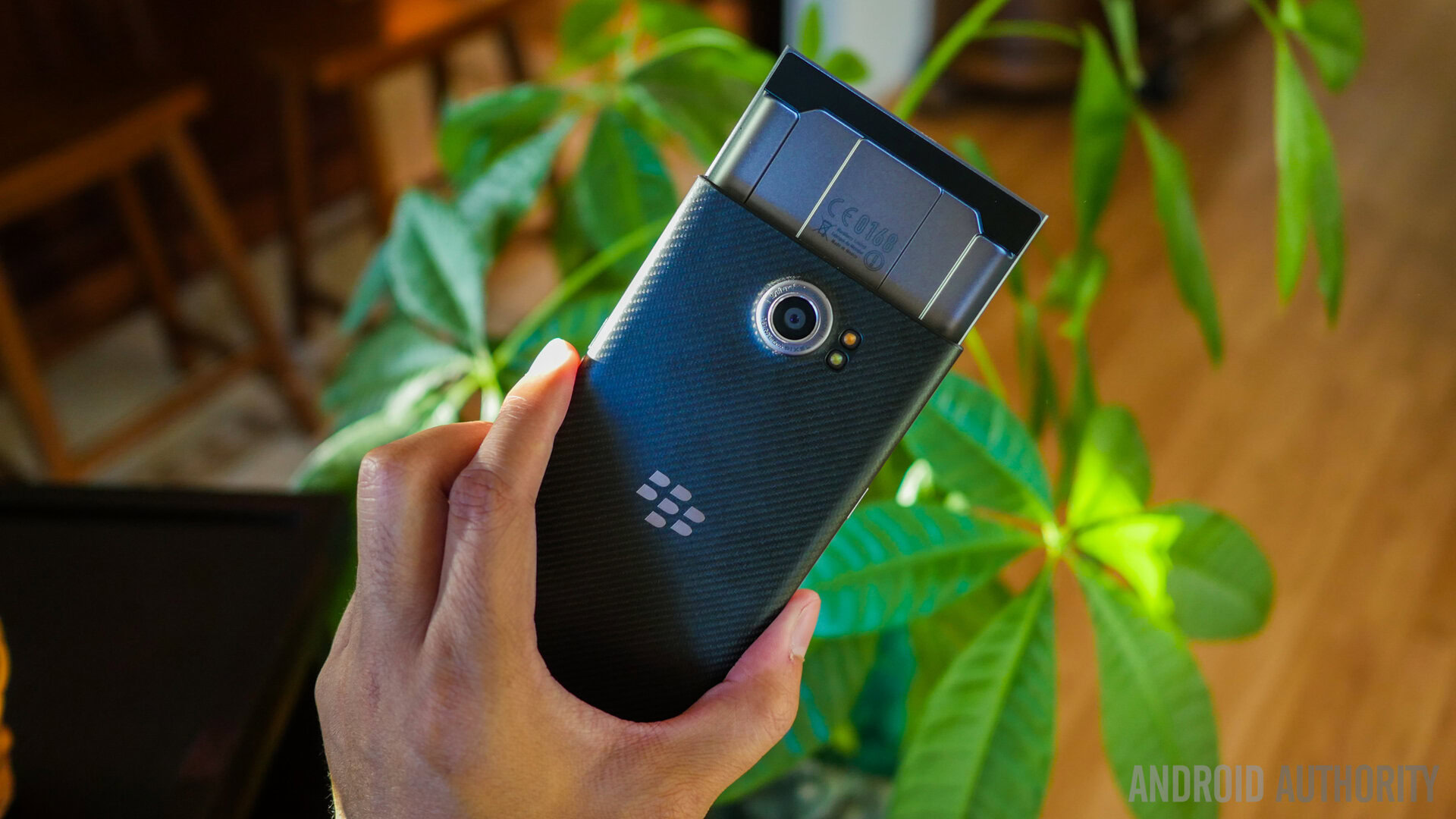
Blackberry’s meteoric rise and fall in the mobile world is a story of a company that initially had great ideas which helped catapult it further in the mobile world, but ultimately is the story of a company that failed to react to the changing tech landscape. While Blackberry still has its loyal fans, their numbers have continued to shrink. Then out of nowhere came the first rumors of an Android-powered Blackberry handset, going under the codename Venice. Initially, many people were skeptical about the legitimacy of this rumor.
Fast-forward to the latter half of 2015, and the Blackberry Priv is now available in most major markets. Embracing a Snapdragon 808, a QHD display, a curved display, and other high-end specs, the Priv is a flagship-level device that also harkens back to a bygone age by giving us a sliding keyboard. The ideas behind the Priv are admirable and the device is admittedly very nice looking, but software bugs and other issues have ensured that the Priv has been met with fairly mixed reception.
[related_videos align=”center” type=”custom” videos=”657345,657004″]
The Priv may or may not be remembered as a critical success for the company, but the significance of its debut will forever remain. 2015 will be the year that Blackberry made a bold move into new territory, thrusting it into a very competitive space that arguably only Samsung has found major fiscal success in. The stage is clearly set for an even bigger push into Android in 2016, if Blackberry can survive that long.
5) Google creates its own tablet, Nexus tablet nowhere to be seen
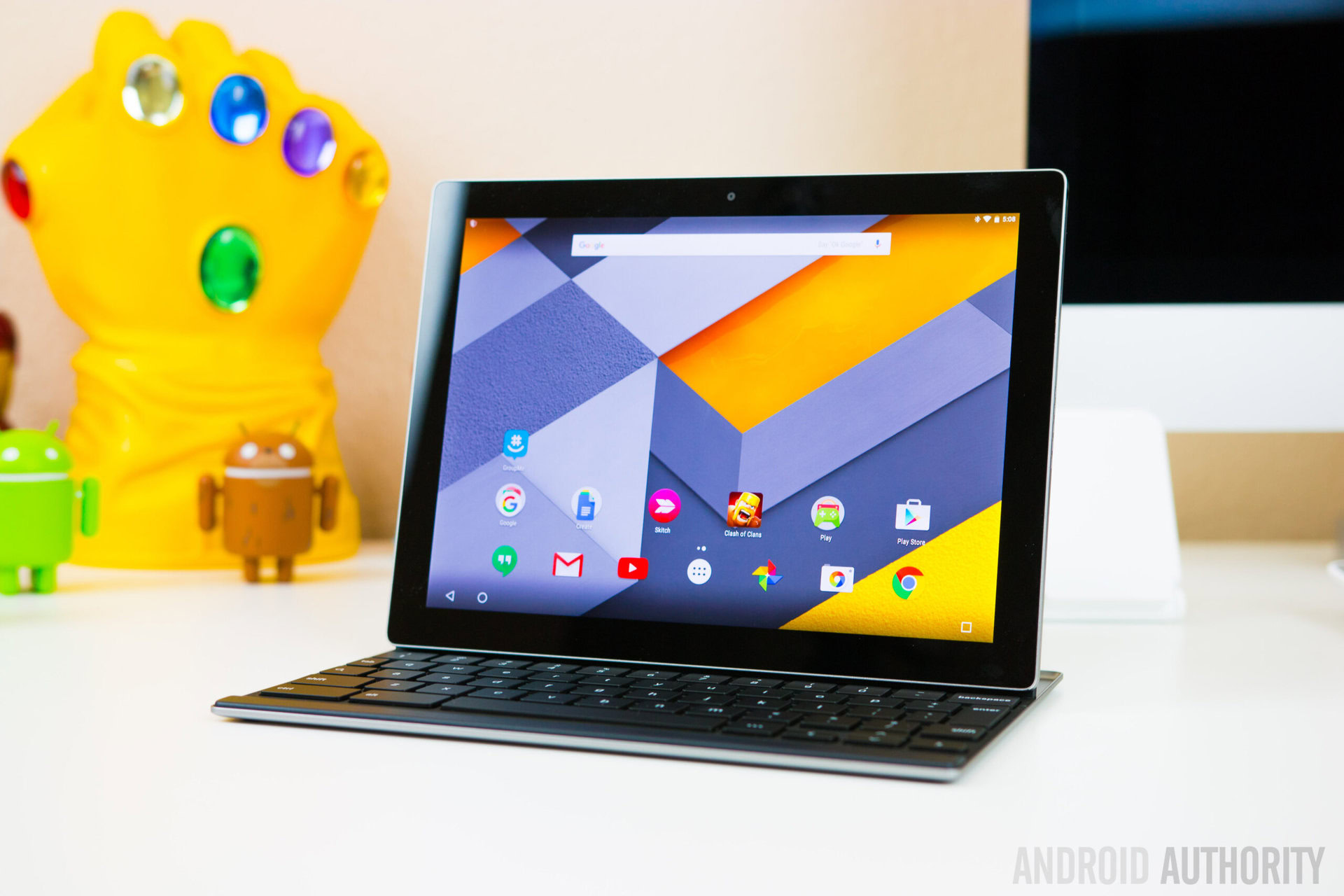
As we already mentioned, 2015 was completely absent of Nexus-branded tablets, but that didn’t mean Google had no tablet ambitions for the year. Instead, the company introduced the Pixel C, a Google-made tablet that runs stock Android and seemingly shares similar DNA to the Nexus program, but with even more direct control by Google itself. The Pixel C is a somewhat controversial device, with some claiming it just doesn’t do enough to set itself apart in the mobile space, especially due to lacking features like split screen apps and other productivity-geared features. The optional keyboard has also received some criticism, with many saying that the Pixel C attempts to be the Microsoft Surface of the Android world but doesn’t quite get it right.
Of course, there’s also plenty of defenders of the product, and our official review stated that, despite a few minor flaws, the Pixel C was a solid Android tablet and one of the best available. Regardless of your feeling for or against the Pixel C, its existence is still very important.
The Pixel C branding obviously was Google’s way of distancing itself from the Nexus program, but why? It could be that they wanted to avoid association with the lackluster Nexus 9. It could be that they are ending the Nexus program, at least for tablets. It’s also a logical conclusion that Google knew that the Pixel C, with its larger screen and hybrid design, was a big gamble for the company, and if it failed, they didn’t want this to further affect the reputation of its Nexus tablet branding.
We have to wonder if the Pixel C is just the beginning of more Google-made hardware in 2016? Could we see a Pixel phone in the coming year?
6) Budget phones reach a whole new level
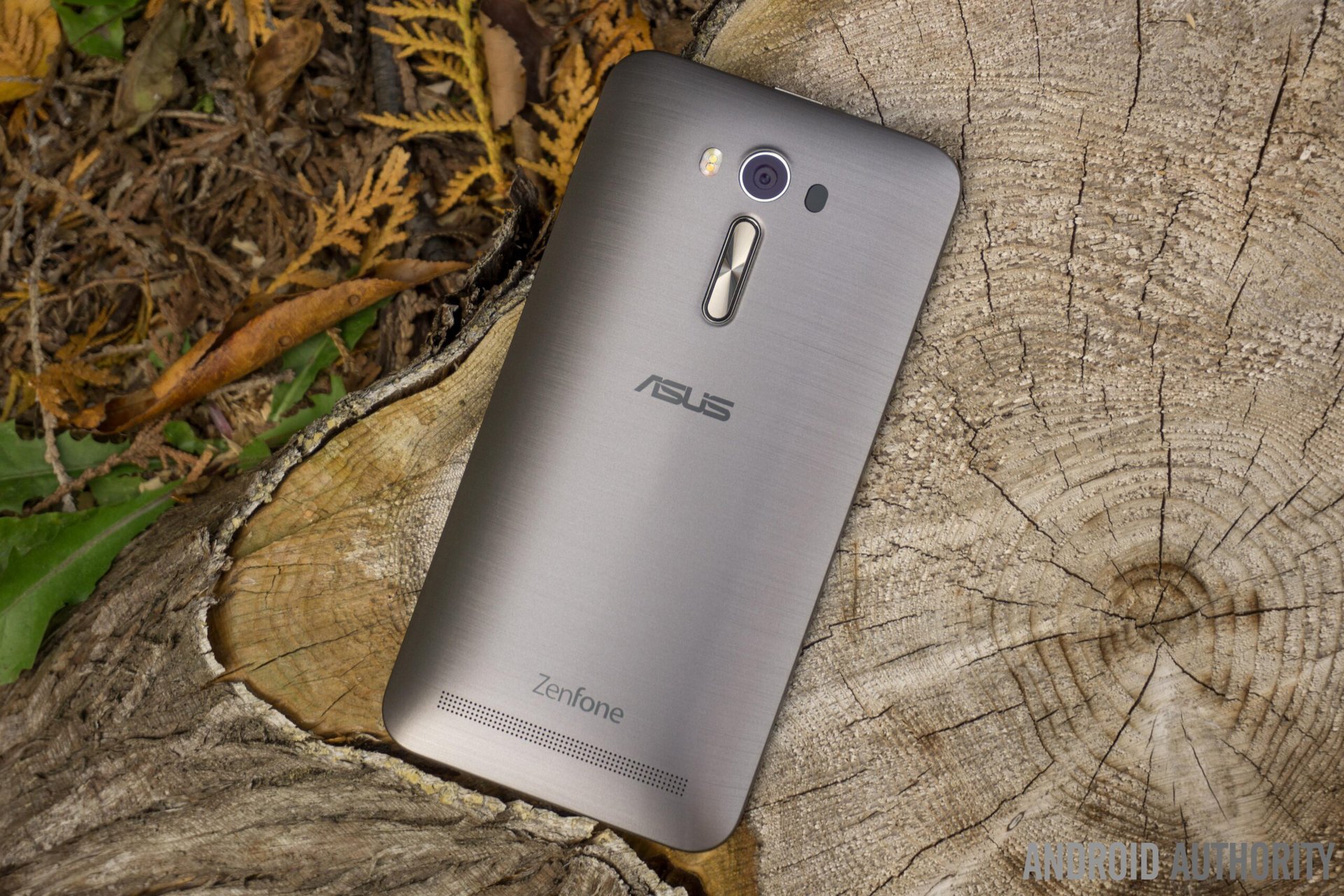
In many ways 2014 was the “year of the budget phone”, thanks to OnePlus and the OnePlus One, but 2015 has continued this push towards premium products at less-than-premium pricing. Some of the most notable examples include the Alcatel OneTouch Idol 3, the ASUS Zenfone 2 family, and, on the higher-end of the spectrum, the Moto X Pure Edition. It’s also worth mentioning that both the Nexus 5x and Nexus 6p are priced relatively low for what they bring to the table.
Of course, there are still holdouts. Samsung continues to focus on premium pricing, and LG finds itself somewhere in the middle. HTCalso has kept pricing high. Will any of these players bow to the changing market in 2016, especially as Chinese players start nipping at their heels? Only time will tell for sure.
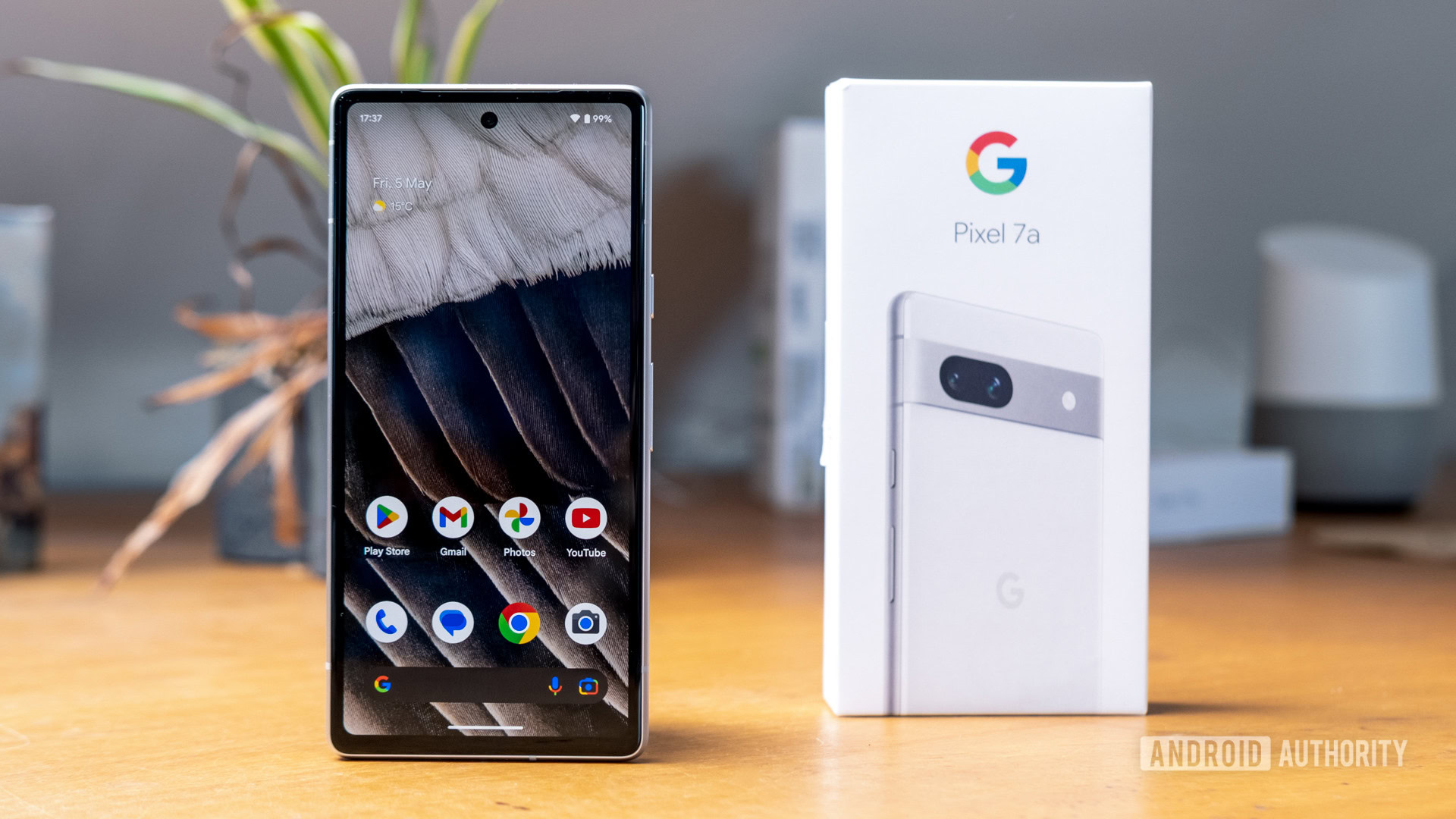
7) HTCstopped being the benchmark for “premium”
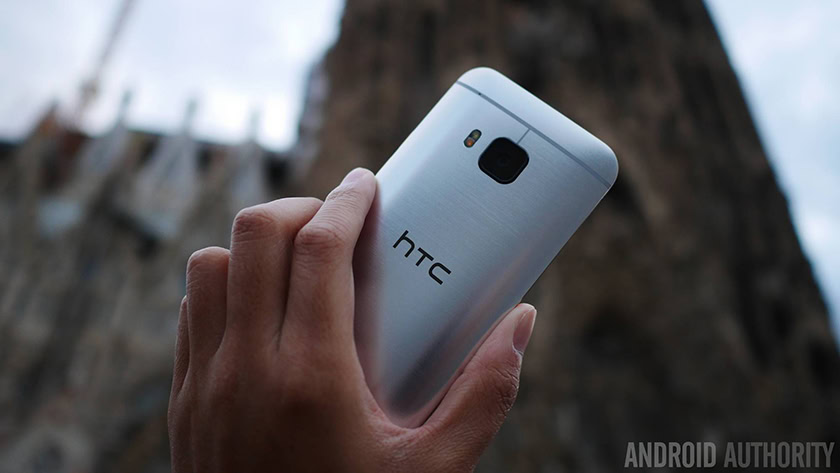
At least going back as far as the HTC One (M7), HTChas been the king of premium in the Android space, and one of the few players that competes on the same level as Apple, aesthetically speaking. That’s why many felt that the HTC One M9 was a major disappointment. Though its specs were fairly decent, the phone lacked wow factor both in the hardware front and in design. In fact, the design of the HTCOne M9 was nearly identical to the M8. The One M8 was actually pretty similar to the original One, but at least the company worked hard to further refine its design. With the One M9, HTCseemed to say that their design language was perfect as it is, and a lot of folks didn’t agree.
Since then, HTChas made a reasonably big change in design language with the HTC One A9, which seems to take inspiration from Apple’s iPhone series, though that point is contested by some, who say it is similarly a further evolution of the original HTCOne’s design. Whether the A9 is a positive step or a backward one, depends on who you ask.
[related_videos align=”center” type=”custom” videos=”652208,650307,624837,596131″]
So if HTCisn’t the benchmark for premium among Android flagships, who is? Ironically, Samsung is now towards the top of this list, not only because of its change to a glass and metal design, but also for its willingness to experiment with innovations like the Edge display. Who would have ever thought that day would come? The good news for HTCfans is that the One M10 will likely finally see a big change in design, though it remains unseen whether it’s worthy of being considered a benchmark for premium design.
8) First high-end Android Wear watch, and the first non-smartphone makers get involved

The wearable space heated up a great deal in 2015, with Apple introducing the Apple Watch and Samsung giving us the most compelling Gear watch to date, the Gear S2. Android Wear also saw some big updates to its software, while also introducing new players to the mix. During 2014 and earlier, smartwatches were primarily a game controlled by either startups or big tech companies, but in 2015 we saw traditional watchmakers make their first moves in this space as well.
On the more mid-to-low end range, Fossil introduced the Fossil Q Founder. Tag Heuer also got involved, giving us the Tag Heuer Connected, a $1500 luxury Android Wear smartwatch. In 2016, it’s likely even more watchmakers will come onboard with Android Wear, and perhaps even competing platforms. Will 2016 be another big year for wearables, or will VR, smarthomes, and other cutting-edge tech take its place as the next hotness?
9) Sony gives us a 4K smartphone, sort of
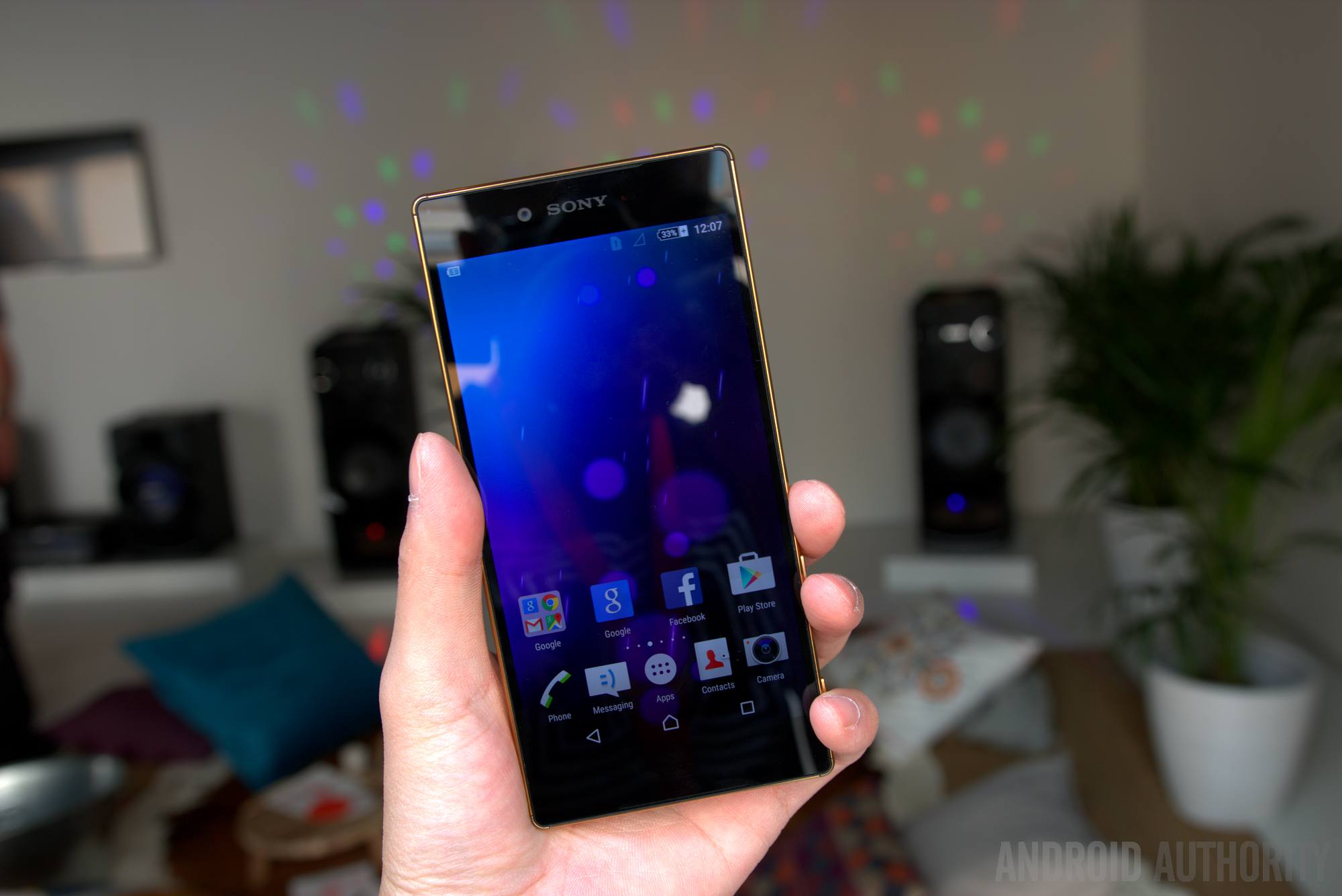
I hesitated on whether or not to add this to the list. After all, the Sony display is only 4K sometimes, and it’s hard to say how defining this has been for 2015 and beyond. After all, there’s still no indication that any major competitors are preparing to follow suit, though its certainly a possibility that at least a few OEMs will jump to 4K sometime in 2016. In the end though, I put this here because it is still an impressive innovation that Sony should be credited for.
While Sony arguably should have focused on other things — renewed design language, better marketing, etc — in order to make a name for itself, jumping from 1080p on its flagships to 4K was a bold move. Sony’s implementation defaults to 1080p in some situations to save battery life and due to the lack of true support for 4K on Android, but at the end of the day, it’s still a marvel to think about how far mobile resolutions have come.
Is there a reason for 4K on a mobile device? Part of me says no, the same part that said no about QHD but now claims to be able to tell a difference from 1080p. Where 4K could really be useful, however, is with VR. With mobile VR slowly gaining traction, 4K seems like an obvious way to go, if battery optimization and technology can improve enough to make running in 4k all the time a conceivable reality.
10) Google has a new parent, Alphabet

On August 10th many of us were blindsided with news that Google was restructuring its entire company under the umbrella of the newly created Alphabet. Google immediately fell under the control of Sundar Pichai, and many of the companies like Nest and Google’s X Labs would become sub-companies of Alphabet, no longer directly under Google’s control.
The impact of the switch to Alphabet still remains unknown. Part of the change is about organization, with Google Alphabet claiming it will allow them to expand into new areas and kickstart innovation.
For Google itself, it means that Sundar’s role will be even more crucial. Sundar’s position with the company has evolved considerably over the years, and in 2016 and beyond, his impact will only get bigger.
Wrap up
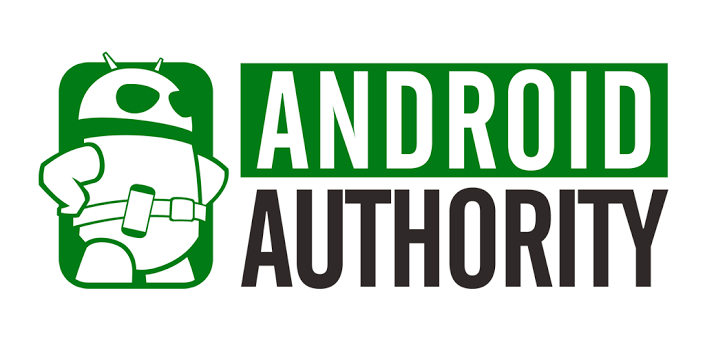
Those are just 10 defining moments that stuck with me personally. Admittedly, I probably missed some, and some of these maybe wouldn’t make it onto your personal list.
Some other defining moments that come to mind are the growth of AI features in pictures, Google Now on Tap, and so forth. VR is also expanding rapidly, with Cardboard gaining more ground, Gear VR reaching commercial status, and products like Vive and Oculus Rift marching towards release.
So, these were my thoughts, what are yours? What do you feel are the most defining moments of 2015? Let me know in the comments below.